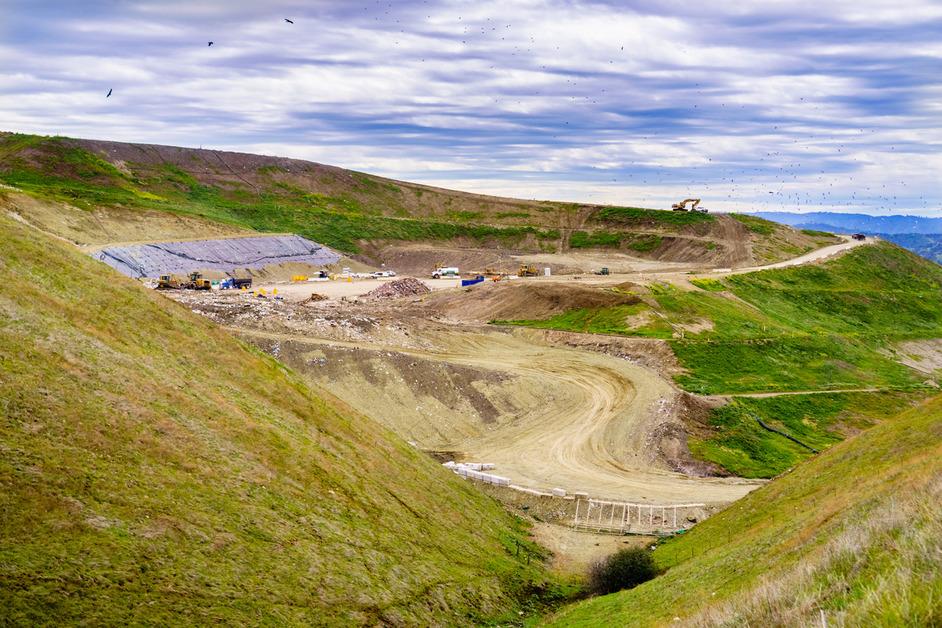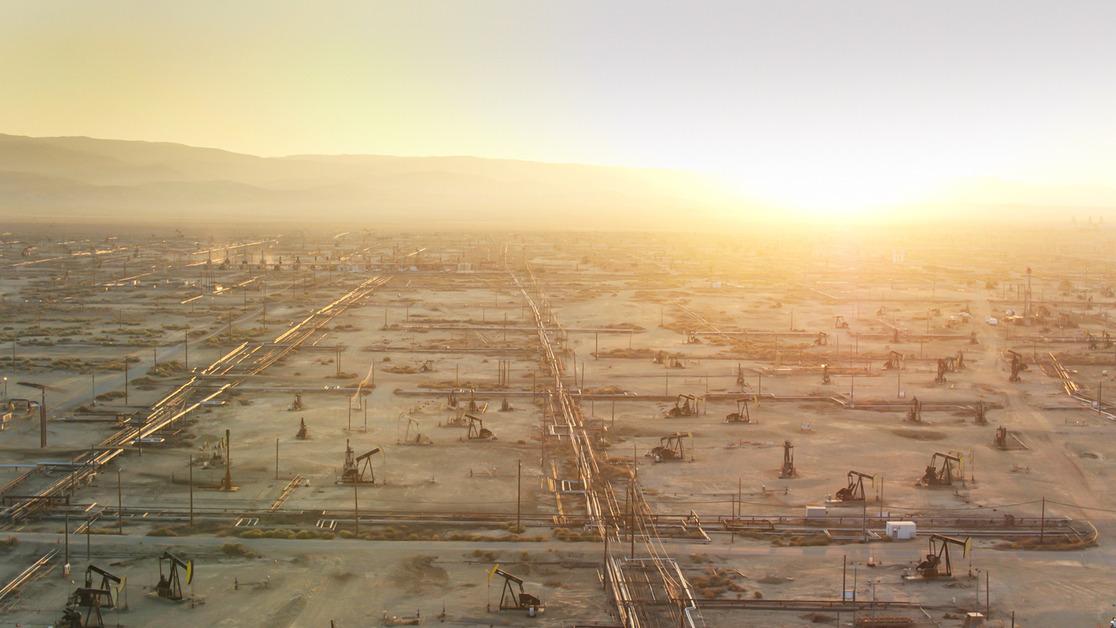The Hazardous Waste Dump in Kettleman City, Calif., Is a Case of Environmental Racism
Published Aug. 10 2023, 12:12 p.m. ET

The residents of Kettleman City, Calif, have been fighting for environmental justice and health for over 35 years.
Made up of mostly Latino farmworkers and immigrants from Mexico, the community has felt the detriments of living next to the largest hazardous dump in the Western United States, as well as severe pesticide pollution, toxic waste from oil fields, sewage sludge, and drinking water containing traces of benzene and arsenic, to name a few.
At the cost of infant mortality and poor health with little relief, this struggle illustrates the intersectionality of environmental issues. Without proper action, health and economic disparities could continue to grow.
Here's what you need to know about the situation.

Kettleman City, Calif. saw the beginnings of the environmental justice movement.
The predominantly Latino and low-income farmworker population of Kettleman City, Calif., is known as one of the starting points of the environmental justice movement.
In 1988, when the idea of environmental justice was still gaining traction, Kettleman City, Calif. residents won their three-year fight against using their city as a site for a toxic waste incinerator next to the already existing hazardous waste landfill, per CalRecycle.
Although a victory, it still wasn't enough to fix the continuing environmental issues in the city.

Kettleman City, Calif. is home to the largest toxic waste landfill in the Western U.S.
Since 1977, the Kettleman Hills Landfill, just 3.5 miles from Kettleman City, has been a hazardous waste disposal site, permitted to store, treat, and dispose of hazardous and PCB waste, per the United States Environmental Protection Agency (EPA).
In 2007, the Kettleman City environmental group El Pueblo Para el Aire y Agua Limpia which translates to "People for Clean Air and Water" co-founded Greenaction, the grassroots organization working to fight for environmental justice in low-income, rural, and Indigenous communities, per Greenaction.

After protesting the toxic waste site for years, Greenaction conducted a health survey of Kettleman City, Calif., discovering alarming numbers of birth defects and infant mortality in the city. According to an article by Mother Jones, volunteers found that in just over a year, within a sample of just 200 residents in Kettleman City, Calif., 25 babies were born. Five of those babies had congenital disabilities like cleft palates, and three died.
After these findings were reported, residents and activists fiercely protested against the permit renewal of the waste dump. Greenaction could not pinpoint what was causing the congenital disabilities exactly, but they did report that PCB disposal significantly increased when the congenital disabilities started to become noticeable, per Greenaction.
However, the permit was approved, and as of August 2023, the site continues to operate as a hazardous waste dump.

Kettleman City, Calif. is disproportionately burdened with environmental issues.
For years, those living in Kettleman City have been met with discrimination and harassment when protesting against the waste dump and for a safe and healthy city. The harassment Kettleman City residents faced is environmental racism and the deliberate placement of pollution and waste near low-income and minority communities, per the National Resources Defense Council.
In 2016, a historic settlement was made in Greenaction and El Pueblo's VI Civil Rights Complaint against state agencies, with the requirement that Lainto residents should not be harassed for protesting the dump and should be given opportunities to participate in public discourse on the matter.
Since then, the Kettleman City community has continued its efforts to make a change.
Greenaction and residents created the Kettleman City Community Air Monitoring and Air Quality Project, which gives residents the resources and training to curb the community air pollution, and a community garden, which gives residents access to fresh, healthy foods, per Greenaction.